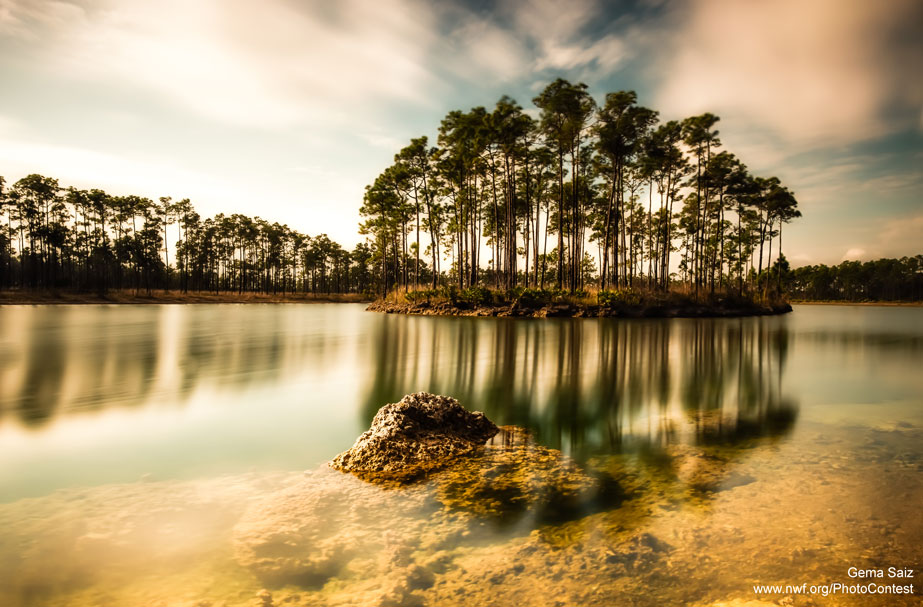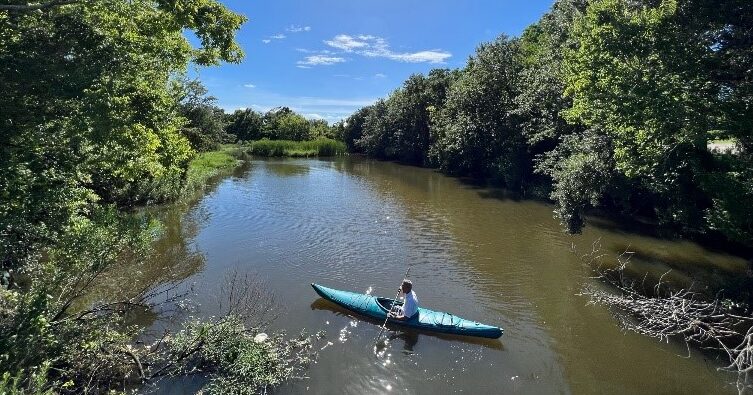We have much more to do and your continued support is needed now more than ever.
Queer Ecology: Relationships to Nature
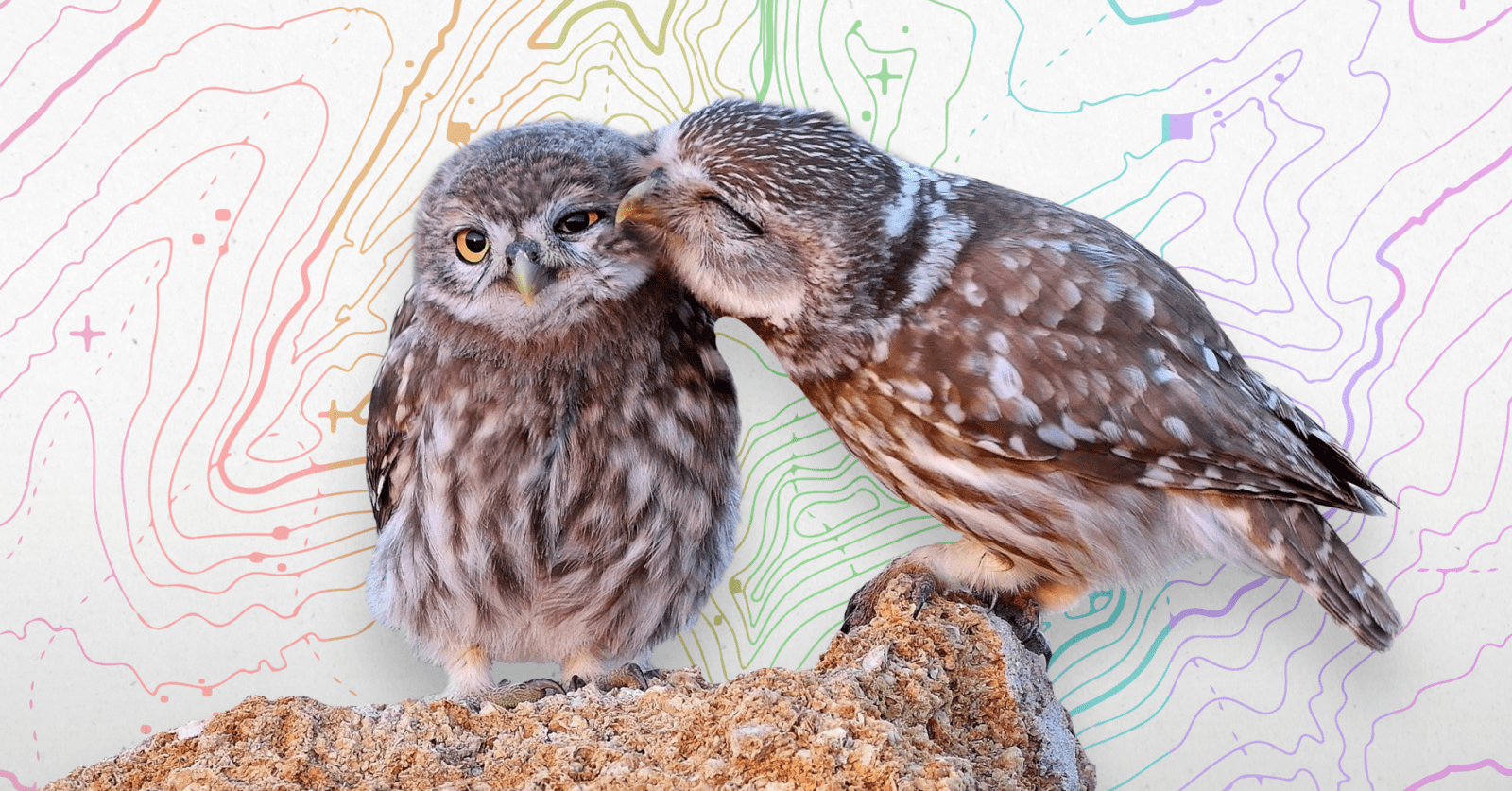
Pride Month is the perfect time to recognize the intersection of our identities with the natural world around us. In this spirit, this month we will dive into a topic that is gaining increasing attention in the scientific community: queer ecology.
Queer ecology, at its core, is a lens through which we can view and understand nature, biology, and sexuality. It challenges the practice of only interpreting the natural world through the hetero-normative perspective that dominates Western human society, and invites us to embrace a more inclusive and diverse understanding of the world around us. This three-part blog series aims to shed light on the unique perspectives and experiences of queer individuals in the field of ecology, the profound impact they have on our understanding of the natural world, and the unique challenges they may face.
This series is not just about celebrating diversity in the scientific community, but also about recognizing how these diverse perspectives enrich our collective understanding of nature and the environment. As we embark on this exploration, we invite you to keep an open mind, challenge your preconceived notions, and join us in celebrating the diversity that makes our world—human or otherwise—so wonderfully complex.
What is Queer Ecology?
Queer ecology is a burgeoning field that intersects queer theory, social justice, biological science, and ecological studies. It is, rather appropriately, difficult to define. Just as the queer experience resists rigid categorization and thrives in a richness of diverse identities and expressions, the field of queer ecology, too, defies a singular definition.
But in general, queer ecology encourages us to question and rethink our understanding of relationships between living beings, their environments, and their behaviors. This perspective challenges the traditional binary and dualistic notions we often hold about nature, such as ‘natural or unnatural’, ‘alive or not alive’, and ‘human or animal.’
Instead, queer ecology proposes that nature, much like gender and sexuality, exists on a continuous spectrum. All of us are human and animal. A virus is both alive and not alive. A garden can be both natural and unnatural. The categories we tend to assign to natural phenomena are largely shaped by our cultural biases, rather than an inherent truth about nature itself.
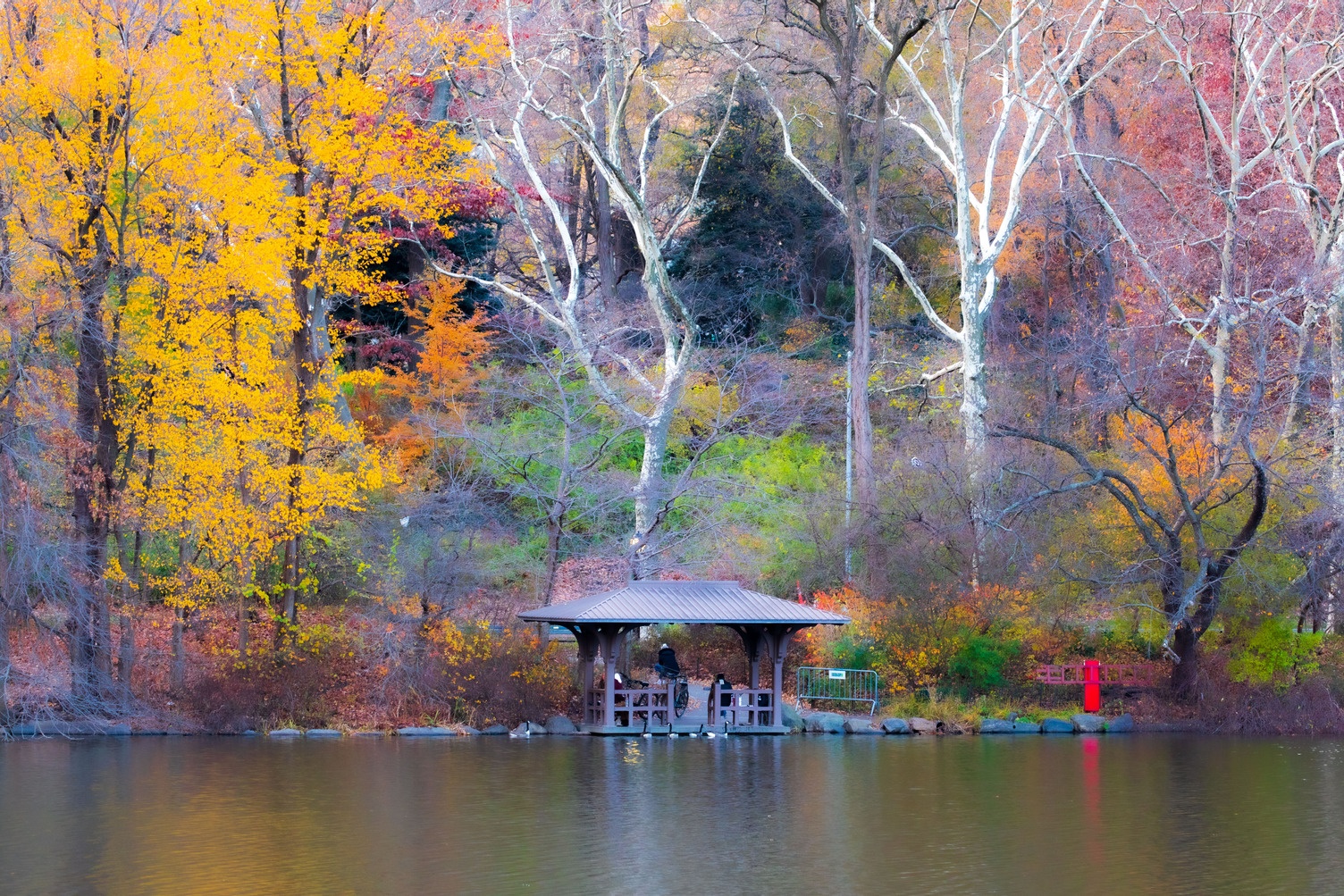
Similarly, traditional views of gender and sexuality are often confined to binary categories: male or female, straight or gay. But these binary categories oversimplify the complexity of human identity, much like labels such as ‘wild’ or ‘natural’ oversimplify the complexities and richness of ecological diversity.
Consider, for instance, our common conception of ‘wilderness.’ Often, we define wilderness as a space untouched by human influence—but this definition implies that humans are somehow separate from nature; that we’re not part of the natural world. This perspective is not only misleading, but it also restricts our understanding of our own place within the environment. The queer ecology movement aims to name, acknowledge, and surpass such limitations.
The New Abnormal
Queer theory invites us to shift our collective lens on what we consider ‘normal’ in both nature and society. For example, historically we’ve often labeled unique or poorly-documented animal behaviors, including human sexual behaviors, as ‘abnormal.’ However, queer ecology challenges this viewpoint, suggesting that these unique behaviors are not deviations or anomalies, but rather integral parts of the natural variability of life.
Just as the human experience is diverse and complex, so too are ecological processes. In nature, we see a spectrum of life, from the smallest microorganisms to the largest mammals, all interacting in intricate ways. Each has their own individual life experiences, physiologies, and behaviors. Similarly, in human societies, we see a spectrum of uniquely individual identities, all contributing to the richness of our collective experience.

Recognizing the parallels between our traditionally restricted views of ‘normal’ human sexuality and ‘normal’ ecological processes is at the heart of queer ecological theory. Accepting this broader worldview—that ‘normal’ doesn’t truly exist in nature—is sometimes called the ‘queering of ecology.’
By embracing the complexity of individual diversity inherent in both nature and human identity, we can better understand both our environment and ourselves. We can see that there’s no one ‘right’ way to be a part of nature, that there’s no one ‘right’ way to exist. Fundamentally, this is true both for us humans and for any other biological organism on Earth.
Queer Relationships with Nature
The diversity highlighted by queer theory extends beyond the complexities of nature and human identity. It also encompasses the myriad ways in which individuals interact with nature, shaped by their personal worldviews and experiences. This is particularly evident when we consider the unique relationships that queer individuals often form with natural spaces.
Public nature spaces offer therapeutic wellbeing benefits which can become particularly important for marginalized individuals. For some, these spaces are perceived as sanctuaries, offering a sense of safety and escape from less favorable conditions at home or work. Others find that these judgement-free spaces provide the liberty to contemplate and accept their own identities.
The 500 Queer Scientists initiative provides a powerful platform for exploring the unique ways in which queer folk engage with public natural spaces. This project gives queer ecologists a space to share their stories and experiences. The narratives shared through this initiative reveal the profound connections that many queer individuals have with nature, and how these connections influence their work and their lives.
One such story comes from Nova West, a trans ocean explorer and filmmaker for National Geographic. Nova speaks of the ocean as a provider of liberation, sharing that, “The ocean is a place where I feel most free and able to be my authentic self, and as a queer diver, it’s important to have spaces where I can be my whole self.”
Some find that the very experiences in nature that led them to pursue careers in biology are deeply intertwined with their journeys of self-discovery and acceptance. Travis Booms, a gay wildlife biologist for the Alaska Department of Fish and Game, admits that processing his identity in a natural setting is what eventually led him to his career. “Wildlife was my escape from a world in which I felt abnormal and closeted,” he says, “It was these formative experiences that cemented my passion for wildlife, wild places.”
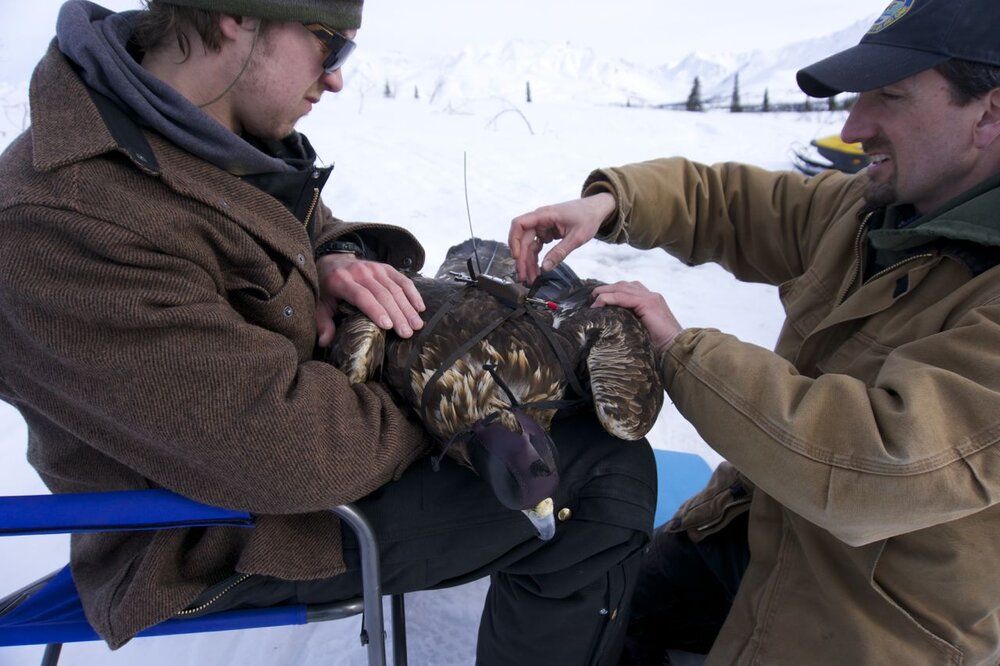
Chad Wilhite, a gay ecologist specializing in avian ecology, had an inverse but similar childhood experience. For him, a love of the outdoors morphed into a mindset that allowed him to fully explore his identity: “As a child growing up I remember… borrowing my dad’s binoculars, and laying outside under the trees watching the birds fly by. As I grew older my time alone in nature birding was where I began to process and accept my sexuality.”
These stories underscore the unique therapeutic benefits that natural spaces can offer to queer individuals. As such, it’s possible the destruction or removal of these public natural spaces could disproportionately negatively affect LGBTQ+ individuals, much in the same way it does other marginalized groups who seek shelter in nature.
Getting Outside
Some initiatives, like the Queer Ecojustice Project and Queer Nature, strive to highlight the importance of natural spaces for the queer community and provide opportunities for queer individuals to get outside. These projects aim to create spaces for queer individuals to explore their relationships with nature and contribute to ecological research and activism. They offer nature-based programs that focus on skills like wilderness survival, nature connection, and fostering resilience.
The relationship between queer individuals and nature is a testament to the diversity and complexity inherent in both. It’s a reminder that our interactions with the natural world are deeply personal and shaped by our identities, and can be meaningful in many ways. But these impactful relationships are not one-way: Just as many queer individuals find self-acceptance in nature, nature benefits from the unique perspectives and contributions of self-accepting queer individuals.
Discover how the safe expression of queer identities has become crucial to our understanding and conservation of nature in the following parts of our Queer Ecology series: Part 2: A Spectrum of Perspective and Part 3: Identity and Field Research.
















